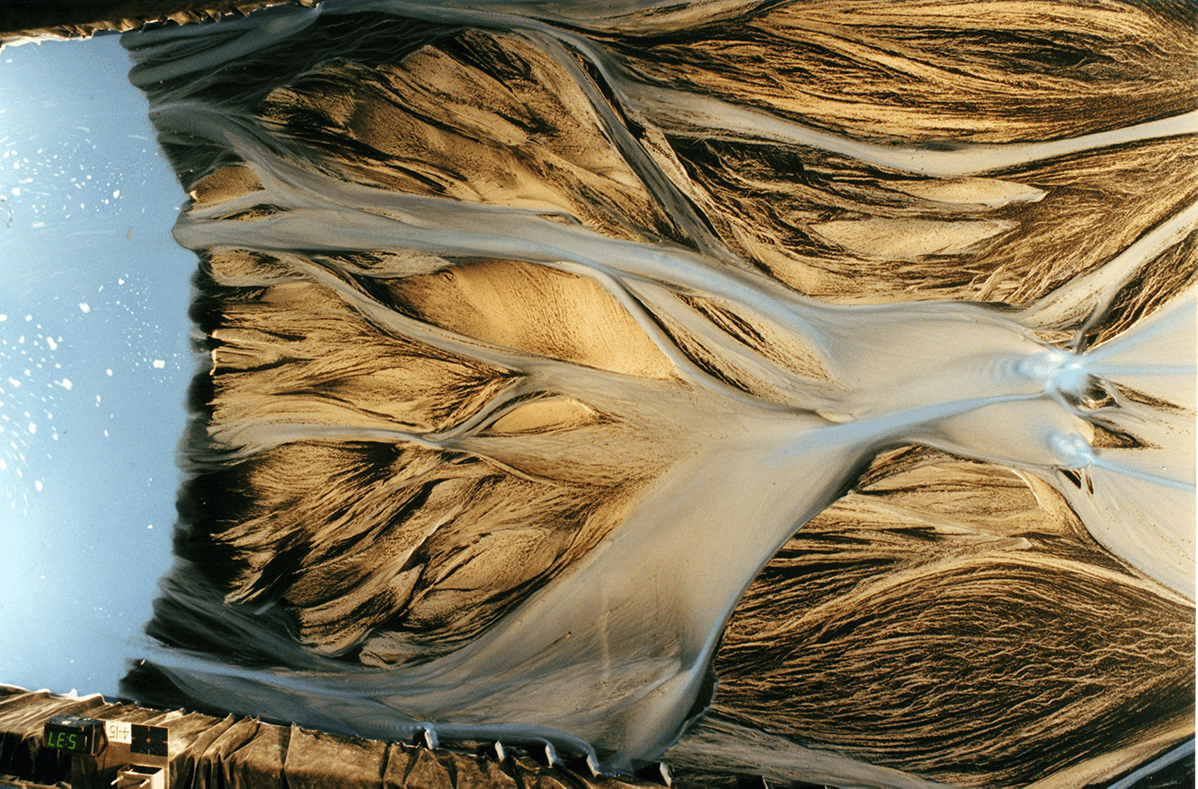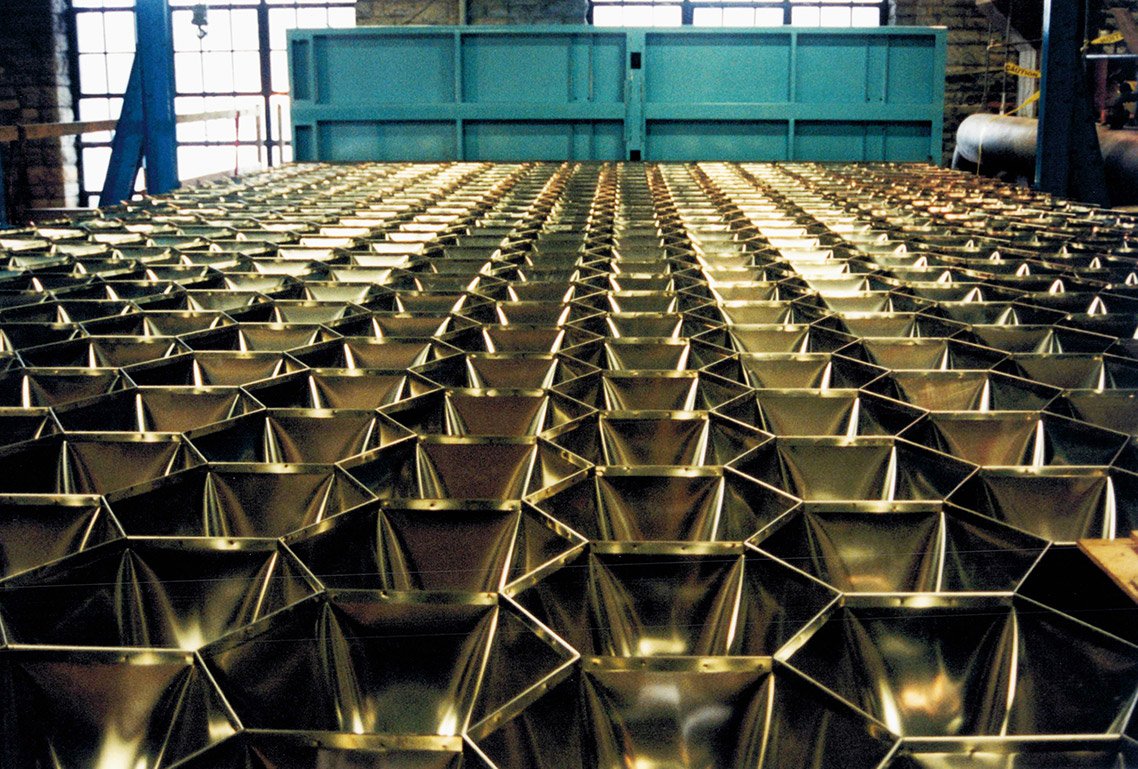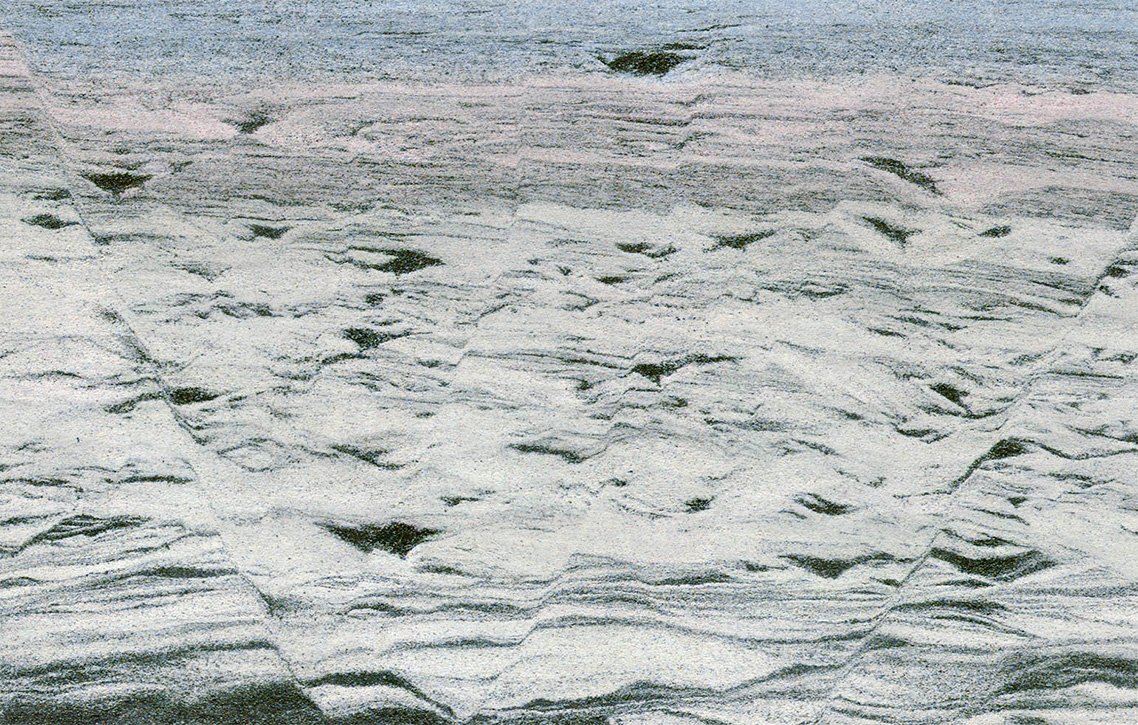Experimental Earthscape Basin




About
This specialized basin is used to study delta and basin morphodynamics on geologic time scales. The basin is unique in that it can incorporate the effects of tectonism on surface processes by simulating subsidence in the basin floor through the use of 432 independently controlled basin cells. The basin also hosts SAFL's most advanced data carriage that can assist in slicing and imaging the resulting cross-sectional deposits.
Facility Specifications and Capabilities
- 6 m long x 3-9 m wide x 1 m deep (19.7 ft x 9.8-29.5 ft x 3.3 ft)
- High resolution photography (200 megapixels) to scan cut sections
- Computer-controlled basin floor topography and water surface level (sea level)
- An ultrasonic sonar scanner for sub-aqueous regions
+
Projects and Publications
-
Fluvial morphology and sediment-flux steering of axial-transverse boundaries in an experimental basin. (2012). Connell, S. D. et al. Journal of Sedimentary Research
-
Non-local theories of geomorphic transport: From hillslopes to rivers to deltas to the statigraphic record. (2012). Ganti, N. V. University of Minnesota
- Stratigraphic architecture of an experimental basin with interacting drainages. (2012). Connel, S. D. et al. Journal of Sedimentary Research
-
Can anomalous diffusion describe depositional fluvial profiles? (2010). Voller, V. R. & Paola, C. Journal of Geophysical Resarch: Earth Surface
- Experiment on turbidity currents and their deposits in a model 3D subsiding minibasin. (2005). Violet, J. et al. Journal of Sedimentary Research
- Filling of a salt-withdrawal minibasin on the continental slope by turbidity currents: Experimental study. (2001). Violet, J. et al. American Geophysical Union
